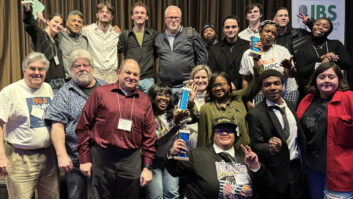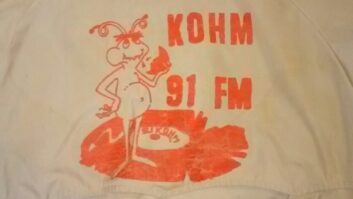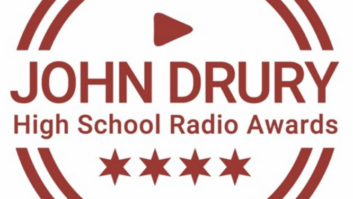
The author is owner of WGTO(AM) and W266BS in Cassopolis, Mich. His commentaries are a recurring feature in Radio World.
Are you doing the translator scramble?Yes, the FCC move to get more translators in the hands of AM stations has been met with a bit of controversy; but all that notwithstanding, I want to take a moment to make sure that no matter how you get a translator, be warned it’s still going to be a crapshoot. It’s not a full-service FM station by a long shot.
Translators have very little protection, and unless you get up high on a building or tower the range may be disappointing. You will want to work closely with a good consulting engineer. If your AM tower is used to mount the translator antenna and is in town or at the edge of town and the city of license is what you are trying to cover, you should be in luck, as the 60 dB contour should do pretty well. But if you are a station licensed to the little town and you want to cover the big town down the road, you may be disappointed, especially if you are at the high end of the dial and your AM tower is in the 150 foot range and /or in a valley.
Some stations will have excellent results with their new translator if they can find a TV or tall FM tower on which to lease some space on. A signal of 250 watts at 200 meters can go a very long way — even farther if the height above average terrain (HAAT) exceeds the tower height.
Commercial FM stations enjoy listeners receiving well below the 60 dB signal level, and some stations have good audience at the 40 dBu level; but DO NOT expect such performance from your translator! Many of the new grants will be at the edge of commercial station coverage or in low signal area between two big co-channel operations, and you may find those stations creeping into your coverage long before you get under 50 dBu. Your enemy is interference from those big boys. Your 250 watts is no match for heavy incoming signal.
You may also find yourself up against another translator down the road on the same frequency, and if that’s the case your 60 contour is going to be your realistic limit in that direction.
Unless your station is at the bottom of the dial under 900, you might want to look for some place other than your own tower to locate. A good engineer can be creative. Think about water towers, taller buildings in the business district or even a grain silo at the edge of town. Don’t rule out sharing space on the police/ fire communications tower. Or even the two-way system of the power company. Also check with the local amateur club to see if they have space on a repeater tower. Some might be happy to make a deal with the local station.
Keep in mind you can drive your translator with an audio over IP feed (AoIP) from the Internet, so no dedicated phone line or STL over UHF is needed to the studio. And while all of us have tight budgets, the money you spend on a good consulting engineer can make the difference between a great signal and huge disappointment.
This is a one-time deal so don’t screw it up. Tell your consultant what are you really are trying to cover and he or she may have some good ideas to get the best you can where you want it. Remember it’s not just what fits, it’s what fits AND works best for you! Good luck.
Share your experiences with the “translator scramble” below.












